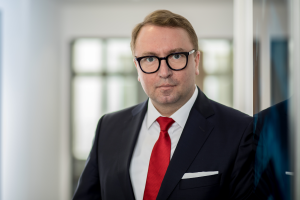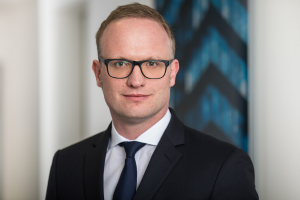- Experienced trademark lawyers will advise you
- Search for identical and similar trademarks included
- Trademark search and analysis will be prepared by Certified IP lawyers
- Consulting regarding the search report by phone or email
- Fixed flat fees. No hidden costs. Guaranteed.
- For lawyers: our search reports can be branded with your name or logo
Order your trademark search now
Select the country for the trademark search report
Trademark Search Costs Overview All Countries
Europe
Africa
Asia
Middle East
Oceania
North America
Central America
South America
What are the advantages of a trademark search?
Trademark applications or registrations can infringe older trademarks and thus trigger claims for damages, among other things. Not in all countries the trademark offices check whether there is a collision. A trademark search for older identical and similar trademarks therefore protects you from further costs due to trademark infringements or the rejection of the trademark application. We search all relevant trademark registers: national trademarks (e.g. German trademarks), IR trademarks (internationally registered trademarks by WIPO), EUIPO (EU trademark) etc.).
Is an Internet search not enough?
No. A professional similarity search uses special software technology that also finds similar trademarks in sound and writing. Only through the analysis of a lawyer specialising in trademark law can the risk of infringement be assessed. In addition to the similarity of the signs, the similarity of the protected goods and services must also be examined.
Why does a professional trademark search make sense?
Before you apply for and/or use a trademark, a professional search for similar and identical trademarks should be carried out. The DPMA (the German Patent and Trade Mark Office) or the EUIPO do not examine whether there are identical or similar earlier marks. You would therefore be surprised by a contradiction. However, there are also other trademark offices such as the USPTO or the Chinese Trademark Office, which automatically check for collisions and, if necessary, reject the application. Here, too, a search is useful, as you can save yourself any uselessly spent fees.
Such a search is always useful in order to minimize the risk of trademark infringement through the use of your own trademark or the risk of opposition to trademark registration.
A search in the freely accessible databases does not replace a professional similarity search by a specialised lawyer on registered and applied for trademarks. However, it is highly recommended to conduct a search in the freely accessible databases beforehand in order to find identical trademarks, if applicable. If identical trademarks have been found in the identical or similar service area, the target trademark should be changed or modified. If no problematic trademark is found in the freely accessible databases, a professional similarity search should be carried out.
The costs for a trademark search are usually many times lower than the costs that can be incurred for trademark infringement proceedings in the first instance. Based on a standard amount in dispute of EUR 50,000.00, litigation costs of approximately EUR 8,000 may be incurred in first instance proceedings - without consideration of any claims for damages. In the event of an out-of-court settlement, approximately 1500 EUR may be due for the amount in dispute mentioned. In the case of well-known trademarks, the amount in dispute is usually set even higher.
A professional trademark search is therefore always recommended.
What is a Nice class or the Nice Classification?
When filing a trademark application, you must indicate for which goods and/or services the trademark is to be protected. In the Nice Classification, all conceivable goods and services are grouped into 45 classes, 34 classes of goods and 11 classes of services.
The Nice Classification is an international classification system. At the Nice Conference in 1957, the classification was laid down in the Treaties. There are currently 140 states party to the Nice Agreement.
Classification primarily only has an ordering function for products and services. The scope of protection of a trademark is determined by the goods and services registered for it as such. For example, a likelihood of confusion can be assumed between a mark registered in Class 09 for software and a mark registered only in Class 42 for software development or programming. As to whether there is a likelihood of confusion, it is not relevant whether the conflicting marks are filed or registered in the same class, but whether the goods and services as such are identical or similar.
Here you can search for individual terms in the official database and assign them to classes: TMCLASS
If you order a trademark application or trademark search, you do not need to classify it in the classes. This is part of our primary consulting. We formulate the official specifications for the appropriate classification and coordinate these with you.













.png)



















.png)























































.png)
































.png)









































